Southeast Asia is a fascinating region where ancient traditions blend seamlessly with modern life. From the bustling streets of Bangkok to the serene temples of Bagan, each country offers unique experiences that can create memories of a lifetime. However, what might seem perfectly normal at home could accidentally offend locals or get you into awkward situations.
Understanding cultural norms isn’t just about being polite. It’s about showing respect for the communities you’re visiting and making genuine connections with people. Here is a list of 15 cultural mistakes that can easily trip up even the most well-intentioned travelers in Southeast Asia.
Pointing Your Feet at People or Sacred Objects

Your feet are considered the lowest and dirtiest part of your body in most Southeast Asian cultures. Think of it like accidentally showing someone your underwear. It’s that level of inappropriate. When you point your feet at someone, especially at Buddha statues or religious artifacts, you’re essentially showing them the ultimate disrespect. Always keep your feet pointed away from people and sacred objects, and never use your foot to move something or point at anything.
Touching Someone’s Head

The head holds special significance as the most sacred part of the body in many Southeast Asian cultures. Even a friendly pat on a child’s head, which might seem sweet and harmless, can upset parents and make everyone uncomfortable. This rule applies to adults too. Avoid touching anyone’s head, even casually. The only exception might be in very close relationships, but when in doubt, keep your hands to yourself.
Using Your Left Hand for Important Tasks

In many parts of Southeast Asia, the left hand is traditionally associated with bathroom activities and is considered unclean. Imagine trying to shake hands with someone using the hand you just used to clean yourself. That’s the level of awkwardness you might create. Always use your right hand for eating, passing objects, shaking hands, or giving money. If you’re naturally left-handed, this might feel strange at first, but locals will appreciate the effort.
Wearing Revealing Clothing in Religious Sites
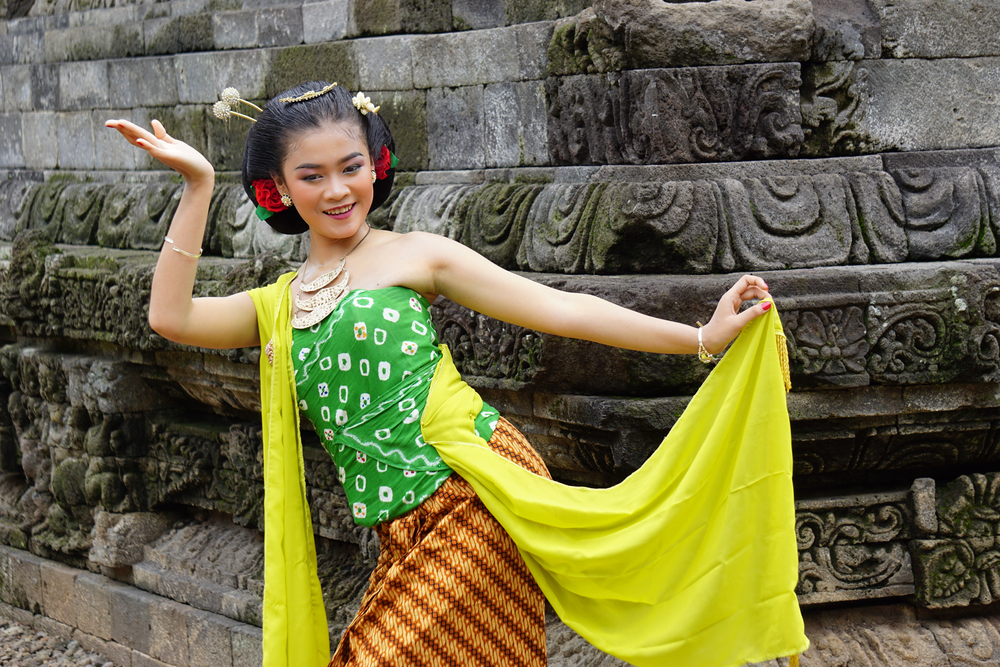
— Photo by mangkelin1
Temples and religious sites have strict dress codes that many travelers accidentally ignore. Showing up in shorts, tank tops, or revealing clothing is like wearing pajamas to a formal dinner party—technically possible, but completely inappropriate. Most temples require covered shoulders, long pants or skirts that reach below the knee, and sometimes even covered feet. Keep a lightweight scarf and long pants in your bag for temple visits, and you’ll save yourself from being turned away at the entrance.
Public Displays of Affection

What’s considered normal romance in Western countries can make locals extremely uncomfortable in Southeast Asia. Holding hands might be acceptable in tourist areas, but anything beyond that—like kissing or hugging—is often viewed as inappropriate public behavior. Conservative cultures value modesty, and public intimacy is typically reserved for private spaces. Save the romantic gestures for your hotel room, and you’ll avoid embarrassing stares and potential confrontations.
Losing Your Temper in Public
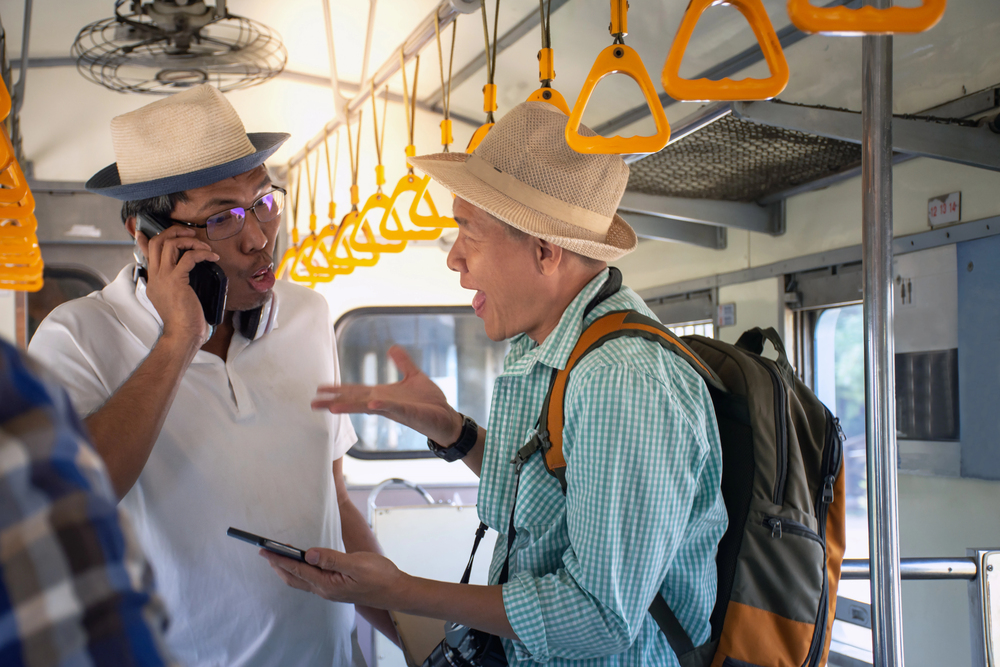
Maintaining face and composure is crucial in Southeast Asian cultures, where losing your temper publicly is seen as a serious character flaw. Think of it like having a meltdown in front of your boss. It reflects poorly on you and makes everyone around you uncomfortable. Even when dealing with frustrating situations like delayed flights or poor service, keeping your cool will get you much further than raising your voice. Locals respond better to calm, respectful communication than to angry outbursts.
Ignoring Shoe Etiquette
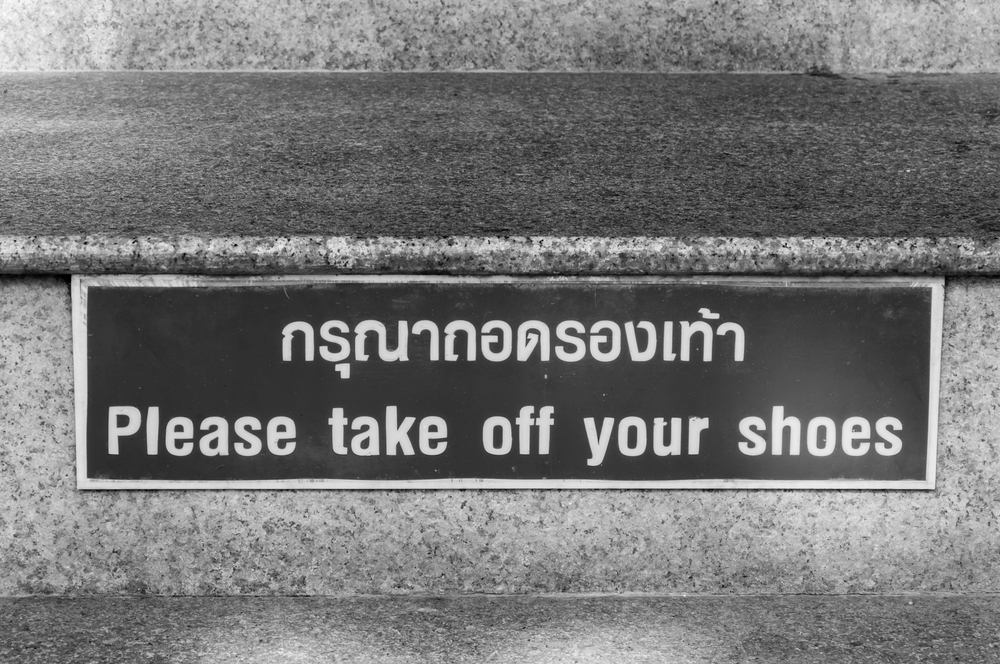
Shoes carry all the dirt and grime from outside, so wearing them in certain indoor spaces is like tracking mud through someone’s clean living room. Many homes, temples, and some businesses require you to remove your shoes before entering. Look for piles of shoes at entrances or ask if you’re unsure. Slip-on shoes make it easier to follow this custom without constant hassle.
Misunderstanding Tipping Culture
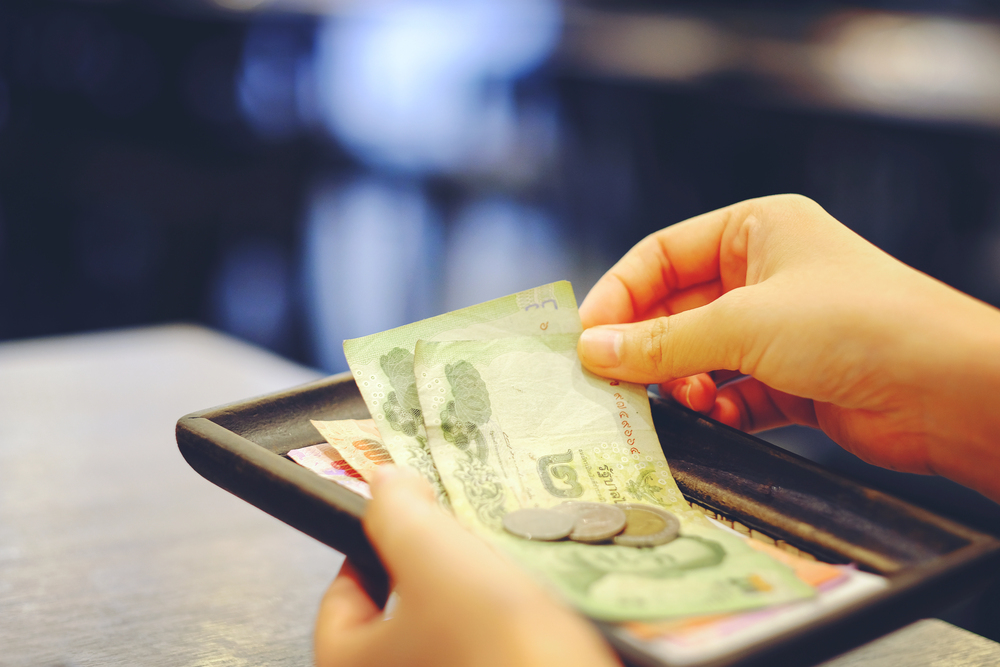
Tipping expectations vary dramatically across Southeast Asia, and getting it wrong can create awkward situations. In some countries like Japan, tipping is considered insulting, like suggesting the person doesn’t earn enough to do their job properly. Other places expect small tips for good service. Research the specific tipping customs for each country you visit, and when in doubt, observe what locals do or ask your hotel staff for guidance.
Disrespecting Religious Customs
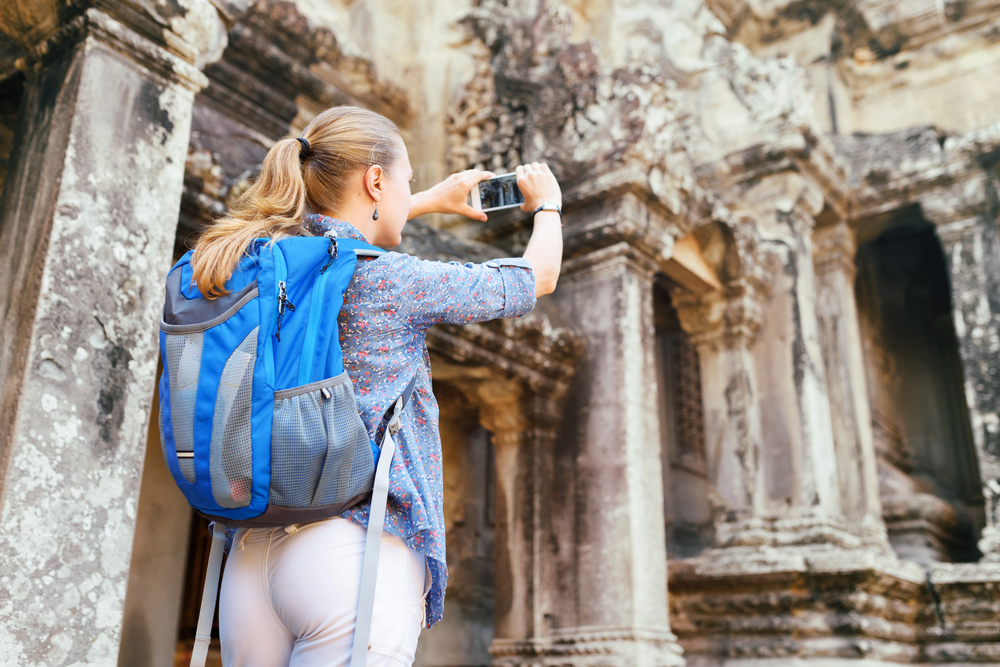
Each Southeast Asian country has unique religious practices that visitors should understand and respect. Talking loudly in temples, taking photos without permission, or interrupting prayer sessions shows the same level of disrespect as disrupting a funeral service. Learn basic temple etiquette before visiting religious sites, including proper behavior during ceremonies and appropriate ways to show respect. Many temples offer brief orientation sessions for visitors that can prevent embarrassing mistakes.
Bargaining Inappropriately
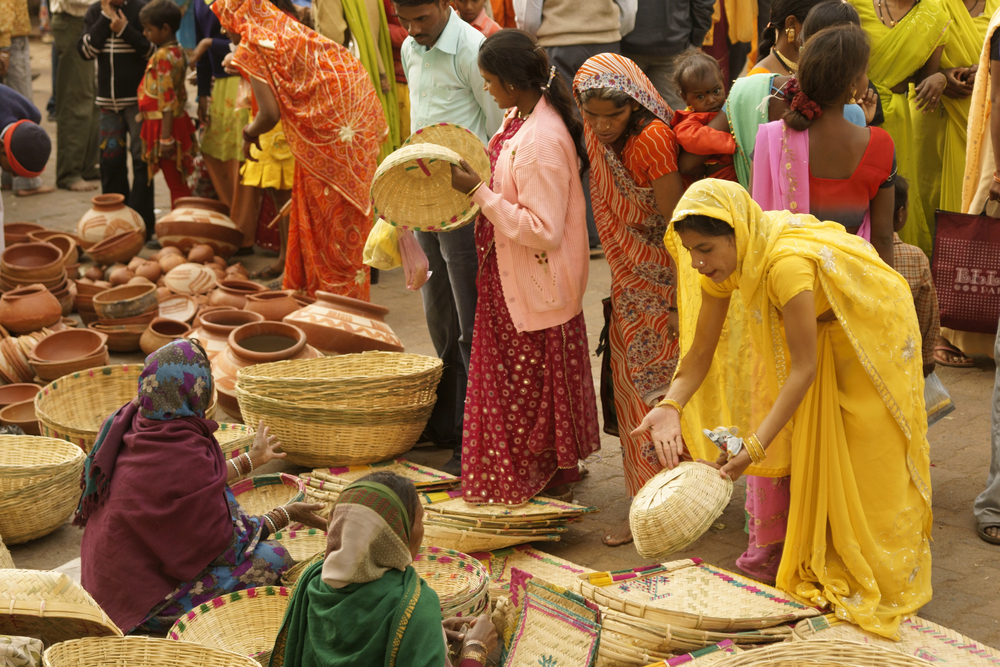
— Photo by richardsjeremy
Haggling is an art form in many Southeast Asian markets, but there’s a fine line between negotiating and being insulting. Offering ridiculously low prices is like telling someone their work is worthless. It’s offensive and counterproductive. Start your negotiations at about 60-70% of the asking price and work from there. Remember that a few dollars might not matter much to you, but it could represent a significant portion of someone’s daily income.
Misreading Social Hierarchies
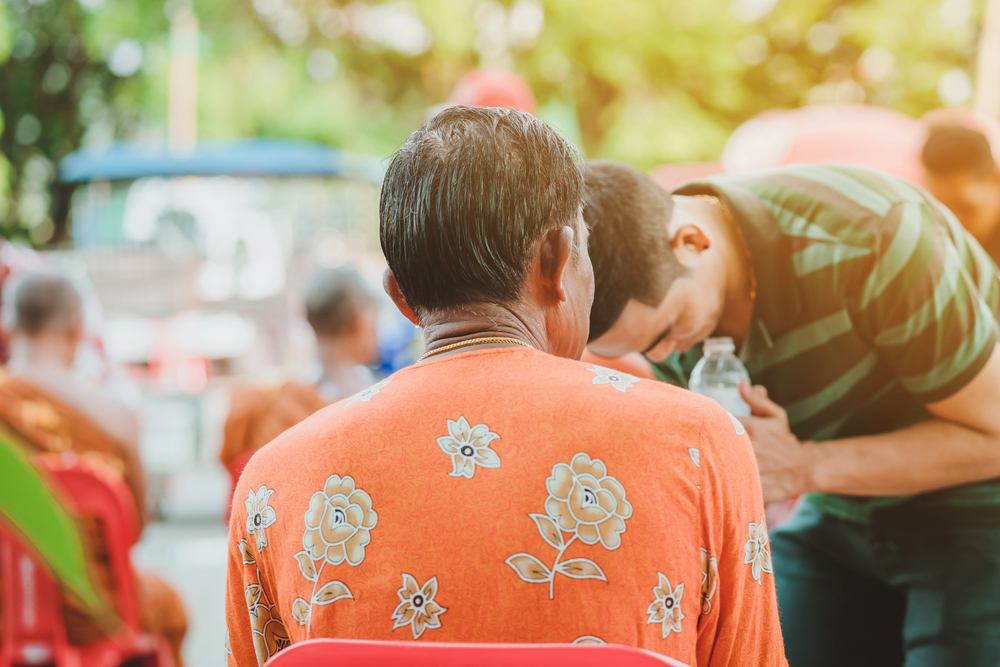
— Photo by JINNARITT
Age and social status carry significant weight in Southeast Asian cultures, where showing proper respect to elders and authority figures is essential. Treating everyone as equals might seem democratic, but it can actually come across as rude or ignorant of local customs. Pay attention to how locals interact with older people, teachers, or officials, and follow their lead. Simple gestures like letting elders go first or using respectful language can make a huge difference in how you’re perceived.
Ignoring Business Card Etiquette

Receiving and giving business cards follows specific rituals that show respect and professionalism in many Southeast Asian cultures. Treating a business card like a random piece of paper—stuffing it in your back pocket or writing on it—is like crumpling up someone’s photo in front of them. Accept cards with both hands, take a moment to read them, and store them respectfully in a cardholder or wallet. This simple courtesy can make or break business relationships.
Photographing Without Permission

Snapping photos of locals without asking first is like taking pictures of strangers on the street back home—it’s invasive and rude. Many people, especially in rural areas or among certain ethnic groups, have cultural or religious reasons for not wanting to be photographed. Always ask permission before taking someone’s photo, and respect their decision if they decline. A simple gesture, or pointing to your camera, usually communicates your request clearly, even with language barriers.
Misunderstanding Gift-Giving Customs
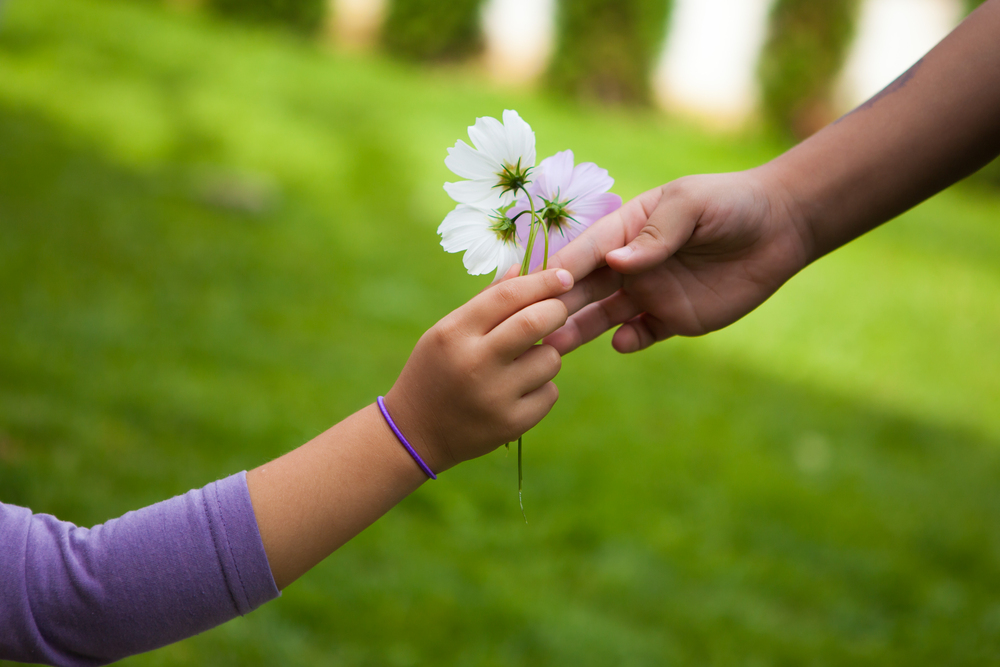
Gift-giving traditions vary significantly across Southeast Asia, and choosing the wrong item or presentation can accidentally offend your hosts. Giving certain flowers, numbers of items, or colors can have negative connotations, like bringing white flowers to a celebration when they’re associated with funerals. Research appropriate gifts for the specific culture you’re visiting, and when in doubt, ask locals or hotel staff for suggestions. The thought and effort matter more than the expense.
Rushing Through Cultural Experiences
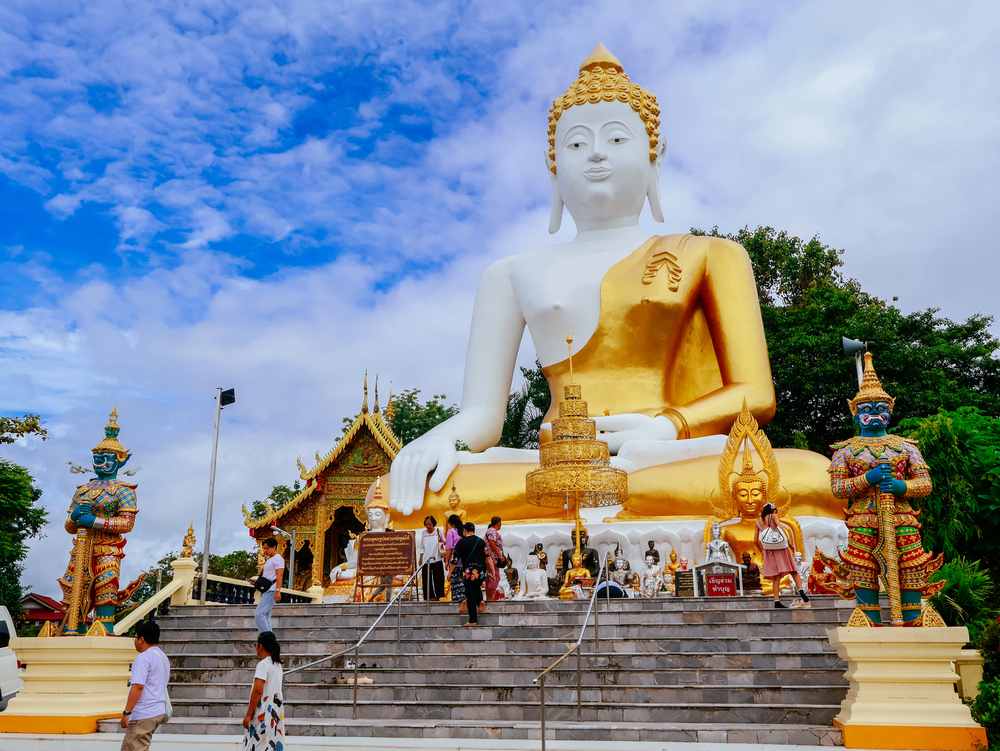
— Photo by parrysuwanitch
Southeast Asian cultures often emphasize patience, mindfulness, and taking time to appreciate moments rather than rushing through experiences. Treating cultural sites like checkboxes on a tourist list—snapping quick photos and moving on—misses the entire point of cultural exchange. Allow extra time for temple visits, traditional ceremonies, or local festivals. Engage with locals, ask questions, and show genuine interest in learning about their traditions rather than just documenting that you were there.
Bridging Cultures Through Understanding

These cultural guidelines aren’t meant to make you walk on eggshells or avoid authentic experiences in Southeast Asia. Instead, they’re tools for building meaningful connections with local communities and showing respect for traditions that have evolved over centuries. The effort you put into understanding local customs often comes back to you in the form of warmer welcomes, deeper conversations, and access to experiences that typical tourists never encounter. Most locals appreciate when visitors make an effort to understand their culture, even if you don’t get everything perfect right away.
More from Travel Pug

- 20 Best Beach Towns in the Carolinas
- 13 Destinations Where Tourists Regularly Regret Their Trip
- 20 Things You Actually Get in First Class
- 20 Small Airports With Aviation Museums
- 20 Places in the U.S. That Are Perfect for a Reset Trip
Like Travel Pug’s content? Follow us on MSN.
